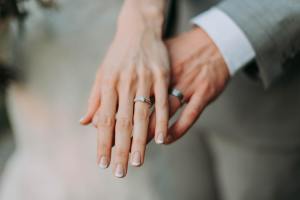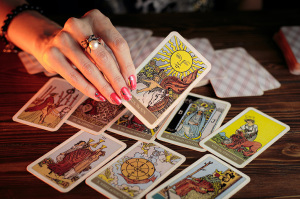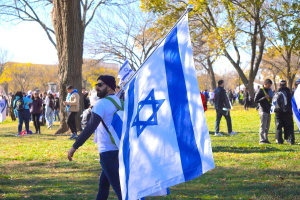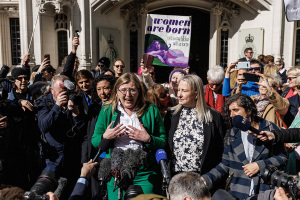A Deeper Look at the Papal Selection Process
On Monday, the first General Congregation of Cardinals will meet in the Apostolic Palace to make decisions regarding the pope’s burial.
Following the pope’s burial, the entire College of Cardinals will gather at the Sistine Chapel in the Vatican to participate in a closed-door ritual called the conclave to elect a new pope.
The term conclave comes from the Latin phrase cum clavi ("with a key"), referring to the "locking away" of the electors during the process.
A Papal election, the method by which the office of Bishop of Rome is filled, is regulated by two papal orders - the constitution of Pope Pius XII (Dec. 8, 1945) and Pope John XXIII (Sept. 5, 1962).
Based on these two rulings, the election involves three general types of activity: preparations for the conclave, the conclave itself, and the various ceremonies and duties performed at the close of the conclave.
The conclave normally takes place fifteen days after the death of the Pope, but the Congregations may extend the period to a maximum of twenty days in order to permit other cardinals to arrive in the Vatican City.
On the morning the conclave begins, all the electoral cardinals - 117 of them - gather for the celebration of Mass, the reception of Communion, and the recitation of the hymn Veni, Creator Spiritus.
According to the rules only those cardinals under 80 years of age can vote. Those older than 80 can participate in discussions but that is all. There will be 66 who will not vote at the upcoming conclave.
Upon entering the conclave, cardinals must take an oath that they will abide by all rules set down by the pope and that they will maintain absolute secrecy about the voting and deliberations. Intervention of any other person of any position is forbidden.
At this point, the conclave is closed, and its closure is certified.
If they wish, the cardinals can immediately begin the election process and hold one ballot on the afternoon of the first day. If no one receives the required two-thirds vote in the balloting on the afternoon of the first day, the cardinals meet again the next morning.
If this continues for 12 days, the cardinals may change the rule and elect with a simple majority.
When a pope has been canonically elected, the dean of the cardinals, in the name of the whole college, asks him if he accepts his election. Once he accepts within the time set by the cardinals, he is officially elected as pope and is given full and absolute jurisdiction over the entire one-billion-member Church.
At this point, the conclave is at its end as far as any canonical effects are concerned.
It is then the duty of the cardinal dean to inquire what name he will choose. The name of the new pope is not known formally until it has been proclaimed by the senior cardinal deacon from the main balcony of the Vatican.
The cardinals then approach the new pope and make an act of homage and obedience. A prayer of thanksgiving is then said, and the senior cardinal deacon informs the people in St. Peters Square that the election has taken place and announces the name of the new pope.
The pope then may speak to the crowd and grant his first solemn blessing "urbi et orbi," to the city and the world.
Within a short time of his election, a formal inauguration ceremony takes place, at which the woolen pallium is bestowed upon him. One of the few things Pope John Paul I managed to do in his short papacy was to abolish the traditional Papal Coronation, which Pope John Paul II did not resurrect.
Traditionally, the pope would be carried around St Peter's Square on the Sedia Gestatoria (the Papal Throne) and have the Papal Tiara placed on his head. These last two popes have done away with the monarchic symbolism of the papacy (including the use of the Royal "we"), in favor of a heightened concentration of their role as "Servus Servorum Dei" -- Servant of the servants of God.
Sources: America Magazine, CBS News, Associated Press





























